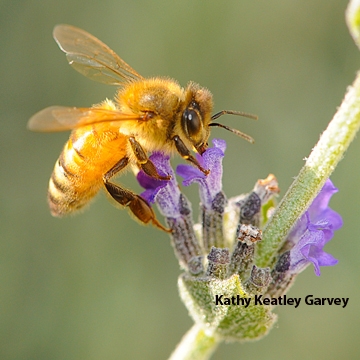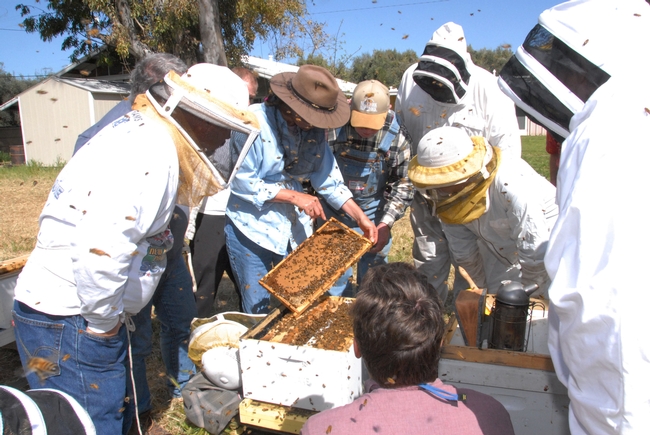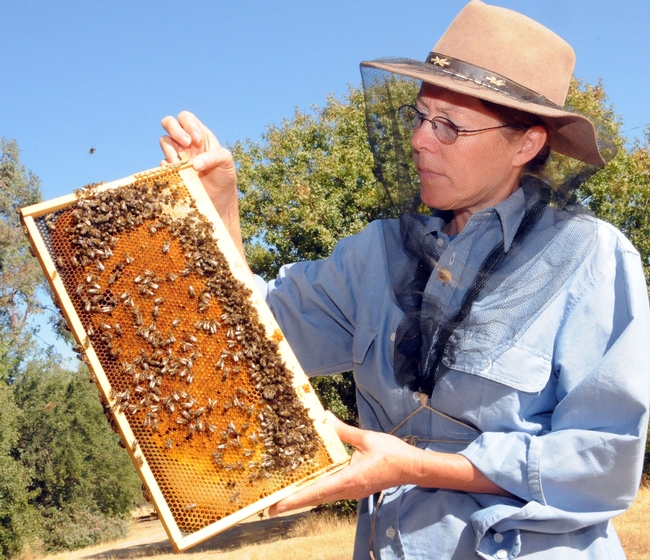
Cobey is the lead author of a chapter in the newly published Honey Bee Colony Health: Challenges and Sustainable Solutions, a 21-chapter book edited by research entomologist Diana Sammataro of the Carl Hayden Bee Research Center, Tucson, Ariz., and professor Jay Yoder of Wittenberg University, Springfield, Ohio.
Just as stock improvement has served the poultry, dairy and swine industries well, the beekeeping industry needs access “to stocks of origin or standardized evaluation and stock improvement programs,” said Cobey, who has a dual appointment at the University of California, Davis and Washington State University (WSU).
“The many problems that currently face the U.S. honey bee population have underscored the need for sufficient genetic diversity at the colony, breeding, and population levels,” wrote Cobey and colleagues Walter “Steve” Sheppard, professor and chair, WSU Department of Entomology, and David Tarpy, associate professor and Extension apiculturist North Carolina State University.
“Genetic diversity has been reduced by three distinct bottleneck events, namely the limited historical importation of a small subset sampling of a few honey bee subspecies, the selection pressure of parasites and pathogens (particularly parasitic mites) and the consolidated commercial queen-production practices that use a small number of queen mothers in the breeding population,” Cobey pointed out.
The honey bee, Apis mellifera, originated in the Old World where it diverged into more than two dozen recognized subspecies, they related. However, only nine of the more than two dozen Old World subspecies ever made it to the United States and only two of these are recognizable today.
What with colony collapse disorder (CCD) and the declining bee population, there's definitely a crying need for genetic diversity in honey bees. Read more about what Susan Cobey has to say, and what this important book is all about, on the UC Davis Department of Entomology website.
Attached Images:

Susan Cobey teaching a queen bee rearing class at the Harry H. Laidlaw Jr. Honey Bee Research Facility, UC Davis. (Photo by Kathy Keatley Garvey)

Bee breeder-geneticist Susan Cobey holding frame at the Harry H. Laidlaw Jr. Honey Bee Research Facility, UC Davis. (Photo by Kathy Keatley Garvey)